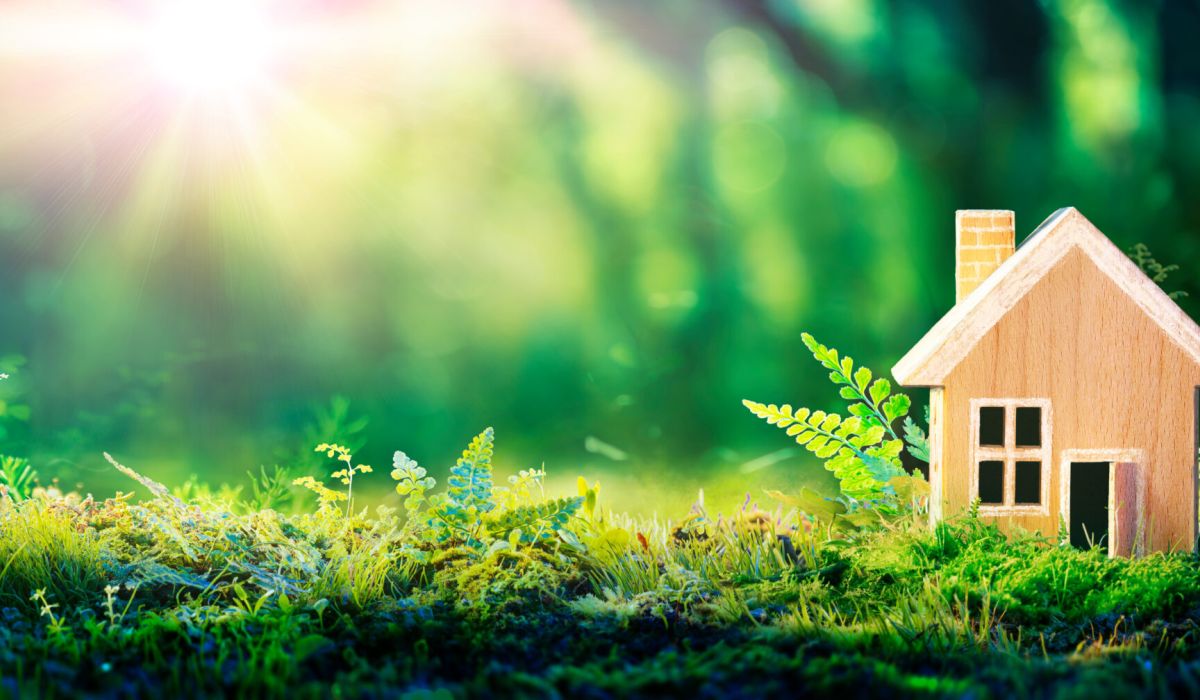
How An Architect Can Help You Build An Eco-friendly Home
Designing a home is one of the most exciting and satisfying things. Many considerations exist whether you’re building a new home or remodelling an existing one. One of the most important is ensuring that your home is as eco-friendly as possible.
Eco-friendly homes are becoming more popular with each passing year. It’s no longer enough to just have solar panels on the roof — now, green design is all about incorporating sustainable practices into every aspect of construction.
What Is An Architect’s Role?
An architect can help you design your home to meet your and the environment’s needs. Architects are trained in all aspects of designing and building a home, from the foundation to the roof. They know what materials work best for your climate and budget.
They know how to incorporate your style into the plan. And they know how to design a sustainable home for you and the environment. There are several ways an architect can help you build an eco-friendly home.

Architects Will Use The Best Materials
Use locally sourced materials. The first thing that architects do is look at the site where the house will be built and see if there are any local resources available for use in construction.
For example, if you live near a forest or beach, you may salvage some wood from downed trees or take sand from a beach to make concrete blocks for your foundation. This reduces carbon emissions from transporting materials long distances.
Build with sustainable materials. The materials used in construction must be durable enough to last over time without excessive maintenance or replacement. An architect will choose construction materials based on their strength and ability to weather changes in temperature and humidity.
This means that wood floors should be made from solid hardwoods rather than plywood or particleboard, brick exteriors should be natural clay bricks rather than vinyl siding, and stone countertops should be made of granite marble with fewer carbon emissions than marble (which requires extensive processing).
When possible, use sustainable materials such as bamboo or cork instead of wood in construction because these materials have been grown specifically for their use and don’t require deforestation like trees. Use recycled metals and glass whenever possible, so you’re not creating more waste through mining operations and manufacturing processes.
How Architects Can Help You With Sustainability
Architects can also help you design sustainable features in your home, such as rooftop gardens where plants can thrive without being watered by hand every day. These features increase green space and lower energy costs because they provide shade to keep down air conditioning costs and heat in the winter.
They can help you identify energy efficiency opportunities. An architect can help find ways to make your home more energy efficient, such as installing better insulation, solar panels or geothermal heating and cooling systems.
They can help you reduce water consumption in your home. For example, an architect can add rainwater collection systems or drought-tolerant landscaping that doesn’t require much watering.
They can design green buildings that are more durable and less likely to need repairs over time. Efficient building materials such as steel framing and concrete floors lasted longer than wood framing and carpeted floors, which need regular maintenance over time.
Eco-friendly design. An architect can help you choose eco-friendly materials and design features that save energy and water. For example, they can help you choose materials that repel heat or cold, so your home requires less heating or cooling. You may also be able to install solar panels or other renewable energy sources on your roof or in your yard with their assistance.
Sustainable construction methods. An architect knows about different construction materials and how they affect the environment. They can help you choose construction methods that reduce waste, such as using recycled wood instead of virgin wood or using less concrete in your foundation, so it doesn’t require as much reinforcement steel rebar (which requires mining). They can also teach you how to properly dispose of construction waste so it doesn’t end up in landfills, where it takes years for materials to decompose and release pollutants into the soil or water supply.
Using renewable energy sources. Solar panels, geothermal heat pumps, wind turbines, and other renewable energy sources are all becoming more popular options for powering homes and businesses these days. They not only save money on electricity bills, but they also help reduce carbon dioxide emissions into the atmosphere by reducing our need for fossil fuels such as gasoline or diesel fuel for cars and trucks as well as natural gas or propane for heating homes and businesses.

Choose Detailed Planning Today For All Your Architectural Needs
If you’re looking to build an eco-friendly home, be sure to contact Detailed Planning today. Our architects have years of experience in designing homes that are both beautiful and sustainable.
We’ll work with you every step to ensure your new home is just what you’ve always wanted – and won’t damage the environment. If you would like to find out more information, please reach out to our team today.
Our team specialise in providing house extensions and internal alterations and is the number one planning consultant in London!



